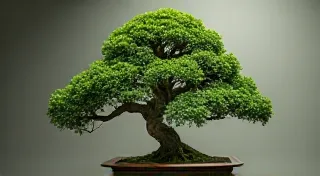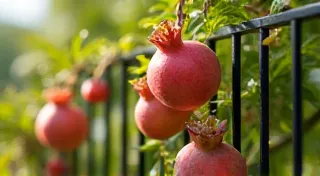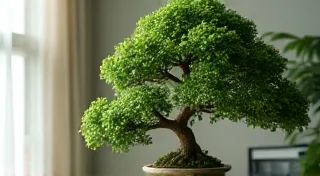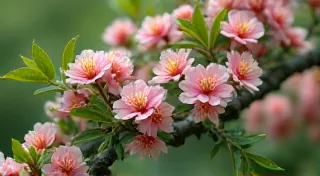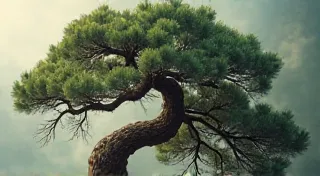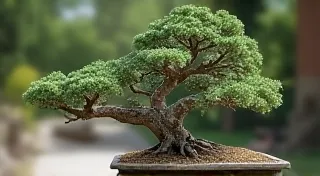Crabapple Bonsai: Spring Blooms and Fall Color
Crabapple bonsai (Malus spp.) offer a unique and rewarding bonsai experience. Their abundant spring blossoms and vibrant fall foliage provide visual interest throughout the year, making them a delightful addition to any bonsai collection. While they require careful attention, the beauty and charm of a well-maintained Crabapple bonsai are well worth the effort. This guide will cover everything you need to know about planting, pruning, and protecting your Crabapple bonsai for spectacular results.
Choosing Your Crabapple Bonsai Material
When starting a Crabapple bonsai, you have two main options: starting from seed (a very long and challenging process) or using nursery stock. Nursery stock is the far more practical choice for most hobbyists. Look for young Crabapple trees with interesting trunk lines and branching patterns. A 'multi-trunk' specimen can create a beautiful and natural-looking bonsai. Consider the mature size of the Crabapple variety you select; some grow quite large and will require more aggressive pruning and root restriction to maintain bonsai proportions.
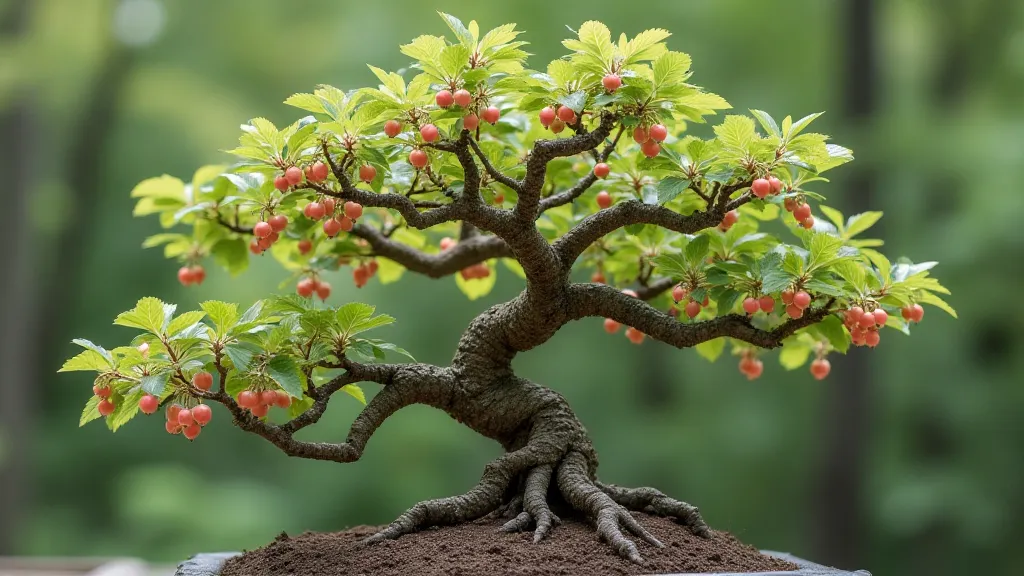
Planting and Potting
Crabapple bonsai thrive in well-draining soil. A standard bonsai soil mix, typically composed of Akadama, pumice, and lava rock, is ideal. When repotting (every 2-3 years, or when the tree becomes root-bound), gently tease the roots apart and trim any circling or congested roots. Choose a bonsai pot that complements the style and size of your tree. Drainage is critical – ensure the pot has ample drainage holes.
Watering and Feeding
Crabapple bonsai need consistent moisture, especially during the growing season (spring and summer). Water thoroughly when the soil surface feels dry to the touch. Avoid overwatering, which can lead to root rot. Reduce watering frequency in the fall and winter when the tree’s growth slows down. Fertilize regularly during the growing season with a balanced bonsai fertilizer, following the product instructions carefully.
Pruning and Shaping
Pruning is essential for maintaining the desired shape and size of your Crabapple bonsai. There are two main types of pruning: maintenance pruning and structural pruning. Maintenance pruning involves removing new growth that disrupts the overall design. Structural pruning involves more drastic cuts to reshape the tree’s basic structure. Crabapples tend to produce vigorous growth, so frequent pinching back of new shoots is often necessary. Wiring can be used to gently bend branches into desired positions, but be mindful of the bark and avoid constricting the branches. Be sure to remove crossing or inward growing branches to improve air circulation and light penetration.
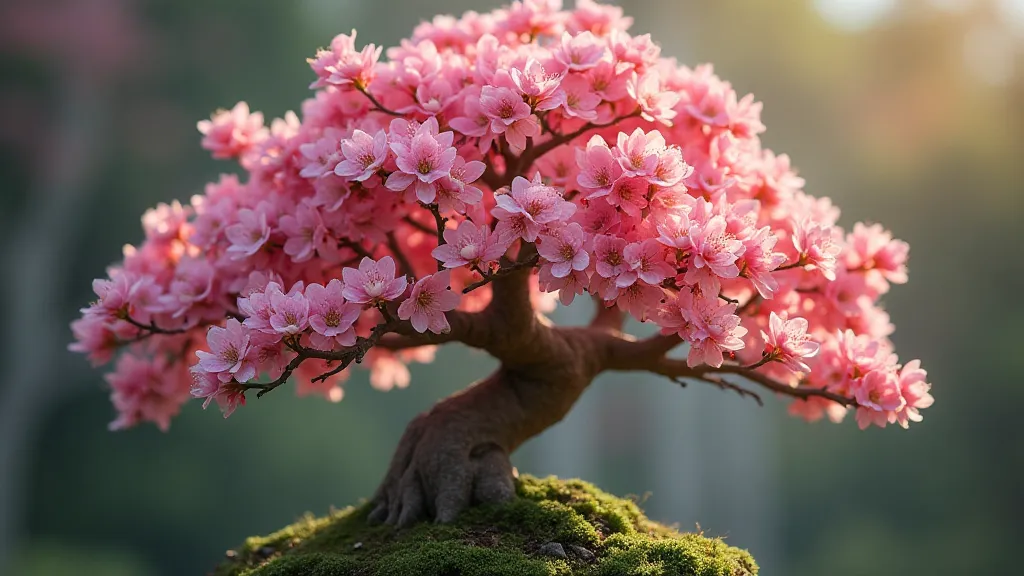
Protecting Your Crabapple Bonsai
Crabapples are susceptible to several pests and diseases, including aphids, spider mites, and apple scab. Regularly inspect your bonsai for signs of infestation or disease. Treat promptly with appropriate insecticides or fungicides as needed. Protect your Crabapple bonsai from harsh winter conditions. While they are generally hardy, extreme cold can damage the branches and buds. Consider moving your bonsai to a sheltered location or providing winter protection, such as wrapping the pot in burlap.
Enjoying the Seasons
One of the greatest joys of owning a Crabapple bonsai is witnessing its seasonal changes. The profuse spring blossoms are a sight to behold, and the vibrant fall foliage provides a stunning display of color. With proper care and attention, your Crabapple bonsai will reward you with years of beauty and enjoyment.

Conclusion
Crabapple bonsai offer a beautiful and rewarding challenge for bonsai enthusiasts of all levels. By following these guidelines and paying close attention to your tree’s needs, you can create a stunning miniature Crabapple tree that will bring you joy for years to come.
